That shiny and sleek glass top stove that you purchased some time ago, sure spiced up the appearance of your kitchen. And you love your kitchen’s neat and clutter-free appearance. But something about your glass top stove is concerning you and that is the haze and white rings that have formed up over it.
Maintaining the sparkling look of your glass top stove is easy. However, sometimes stains, droplets, and spills pile up on the surface, require deep cleaning. Using harsh chemicals, unsuitable cleaners, and inappropriate techniques can be catastrophic.
This article will tell you how to remove cloudiness from your glass top stove.
Why Is My Glass Cook-Top Cloudy?
A plethora of factors causes cloudiness on glass top stoves. Most often, the cloudy effect is caused by unburned acidic condensates.
The fuel that is burnt is one of the causes of this glass cloudiness. The next reason is the way that you operate the stove.
The cloudy effect doesn’t come off easily and might require a thorough cleaning.
How to Remove Cloudiness
It is a 2 step process, which requires you to prepare the Stove Top and then actually cleaning it.
Prepping the Stove Top
Removing cloudiness from the glass top stove begins with preparing the stovetop. Before you even start using grease-cutting removers or stain removers, ensure the surface is ready for the task ahead.
The first step involves checking whether the stovetop is cool. If the stovetop is still hot, the detergent is likely to evaporate. So wait for it to cool down.
It would help if you also had a clean and soft dry cloth with you to dry up any water droplets or detergents that might leave spots or streaks on the stovetop.
Actual Cleaning of the Glass Top Stove
After you are done preparing the stovetop, the next step is – Thorough Cleaning. This doesn’t have to be a daunting task. Since the surface is completely cool, there is no risk of burns or further staining
Continuing cooking after your stove is already stained causes the stains to become burnt-ons. That way, they become harder to clean and remove. It is best not to scrub off the stubborn stains with abrasive sponges.
1- Use a Razor Blade Scraper to get the surface clean. However, if you use the razor scraper, adhere to the stipulated guidelines. The blade should assume a 45-degree angle at all times to avoid damaging the stovetop.
2- After using the razor blade to remove stubborn stains, you can now use a damp cloth to clean the surface and restore the shine. There are specific glass top cleaners that help in restoring a sparkling surface.
Tip: To prevent further damage to your glass top stove, avoid sliding pans and pots while cooking.
What Not to Use
1- Some of the items you should avoid include scouring pads or abrasive sponges. The scrubby side of the sponges is a threat to your glass stovetop.
2- Avoid rough brushes too. Hard nylon brushes are harmful and will surely damage your glass stovetop.
3- Finally, avoid steel wool or any scratchy materials as these can form little cavities which will be filled up with food particles later on. If you have to, use a very fine grade of steel wool.
4- It is tempting to grab one of those glass cleaners that claim excellent removal of water stains and spots. However, most of these glass cleaners contain ammonia which could be harmful to your glass top stove.
Glass Stove DIY Cleaners
Using natural cleaners like vinegar is safe and also gets the work done just fine. Grab a microfiber cloth or sponge, and then prepare a vinegar solution to clean your glass stove top. Alternatively, you can use baking soda to get good cleaning results.
Removing Water Spots From Glass Top Stove
1- First, sprinkle baking soda over the stovetop.
2- Then, soak a soft cloth in a mixture of dish soap and hot water and place it over the area with water spots.
3- Wait for 15 minutes before cleaning the surface in circular motions.
4- Afterward, shine the surface using a soft cloth.
Cleaning Glass Stove Top Burnt-On
For stovetops with burnt-ons, the cleaning process might be a little longer than expected. Burn-ons result from continued use even after the stove has gotten stained. Getting them off your stove will require thorough cleaning.
You will need to use a razor blade to scrape off the burn-ons before using a soft, moist, soft cloth to clean the surface.
Cleaning White Glass Stovetop
White glass stovetops require more care than black ones. Black surfaces don’t show stains as often as the white ones do.
To clean your white glass stovetop:
1- Spray a generous amount of vinegar over the surface.
2- Sprinkle baking soda over the vinegar already sprayed.
3- Dip a soft cloth in a mixture of vinegar and hot water, then use it to cover the surface already sprayed and sprinkled over.
4- Cover the area for 15 minutes before cleaning.
5- Clean the stovetop with a soft cloth.
Removing Scratches From Glass Stove Top
To remove scratches from your glass top stove, you need baking soda and a soft cloth.
1- Create a paste of baking soda with water.
2- Then, apply the paste directly to the stovetop. Ensure the stovetop is cool before doing so.
3- Then, gently buff the scratches in a circular motion using a soft cloth.
4- After that, wipe the paste away using a soft and damp cloth.
Important Tips
1- Make it an everyday practice to clean the glass with water or vinegar, prior to using the stove.
2- Do not let any ash build up under the glass.
3- Consider the manufacturer’s instructions for the fuel type to be used.
4- Burning Petroleum Coke (Petcoke) is harmful to the stove glass top, so avoid it and also avoid the products containing petcoke or those with high sulfur content in them.
Conclusion
Using the wrong techniques, detergents, and cleaners can easily damage your cooking appliances. So use the above methods.
Apart from the in-depth guide that I have tried to create, you must also refer to your glass stove manual for specific instructions that might be there. Consult with the manufacturer, if necessary.
Cheers!

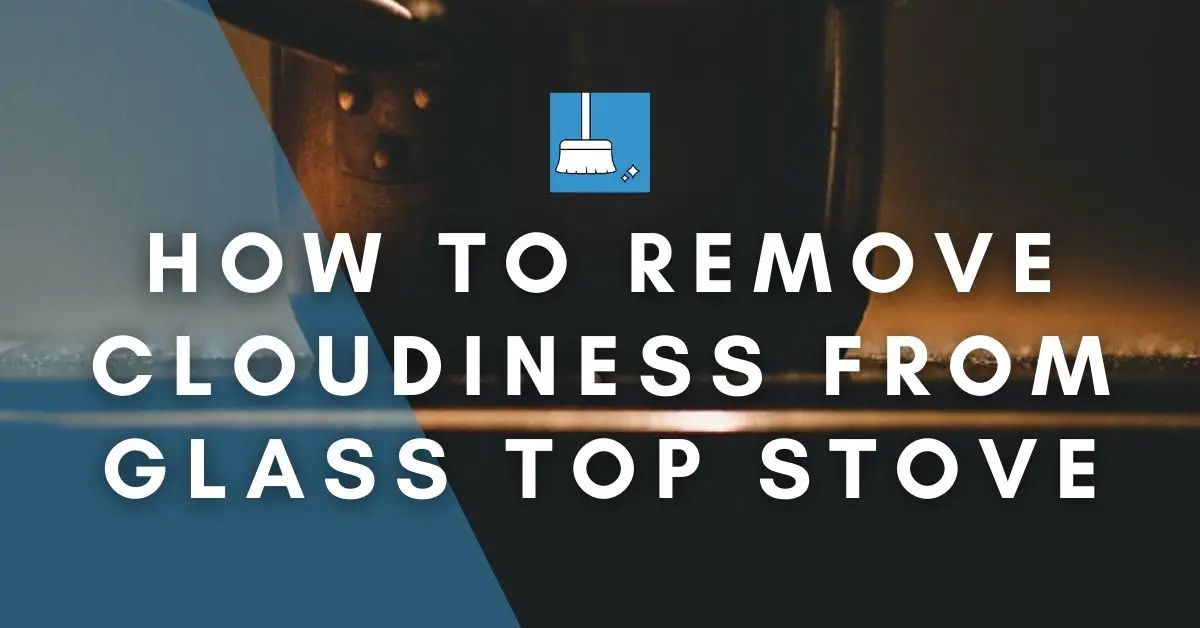
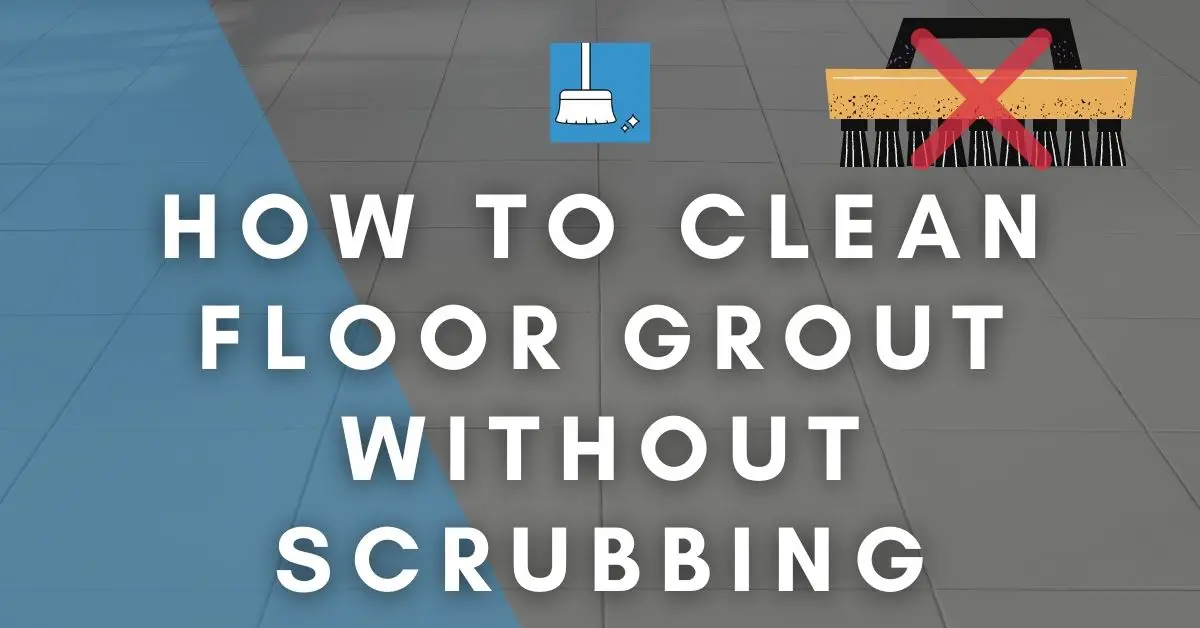
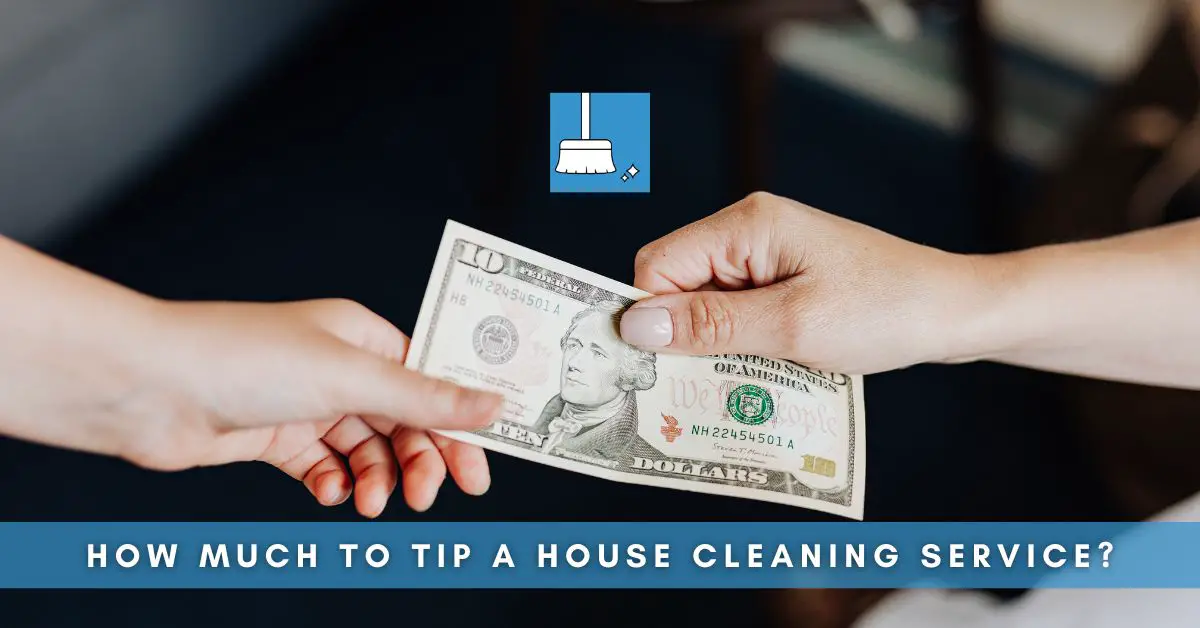
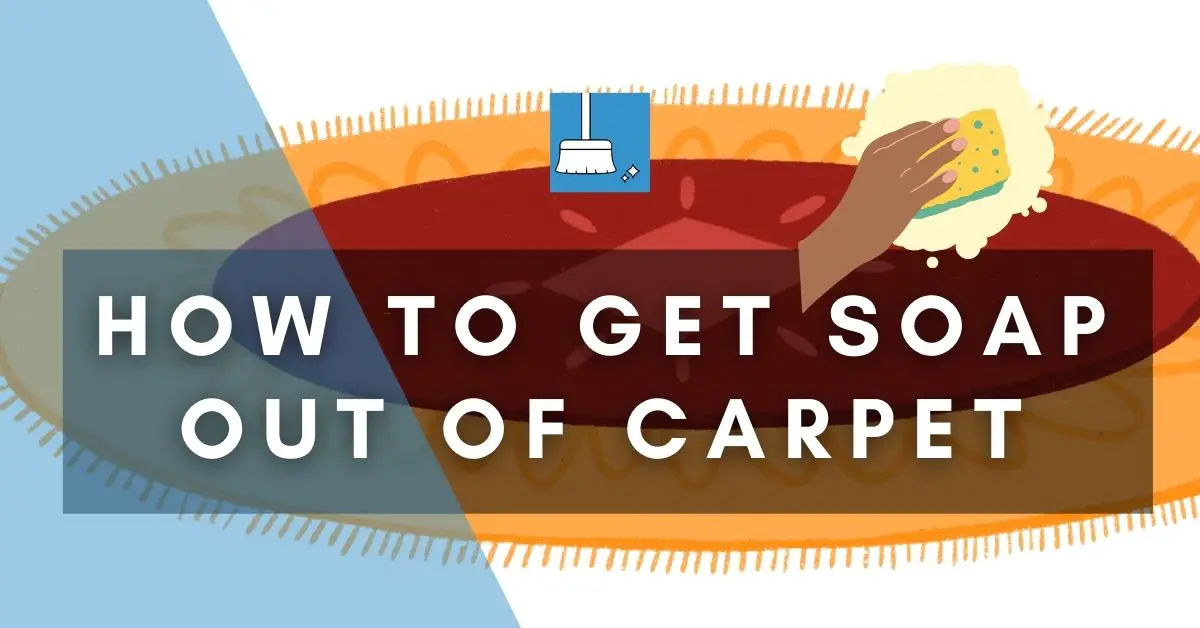
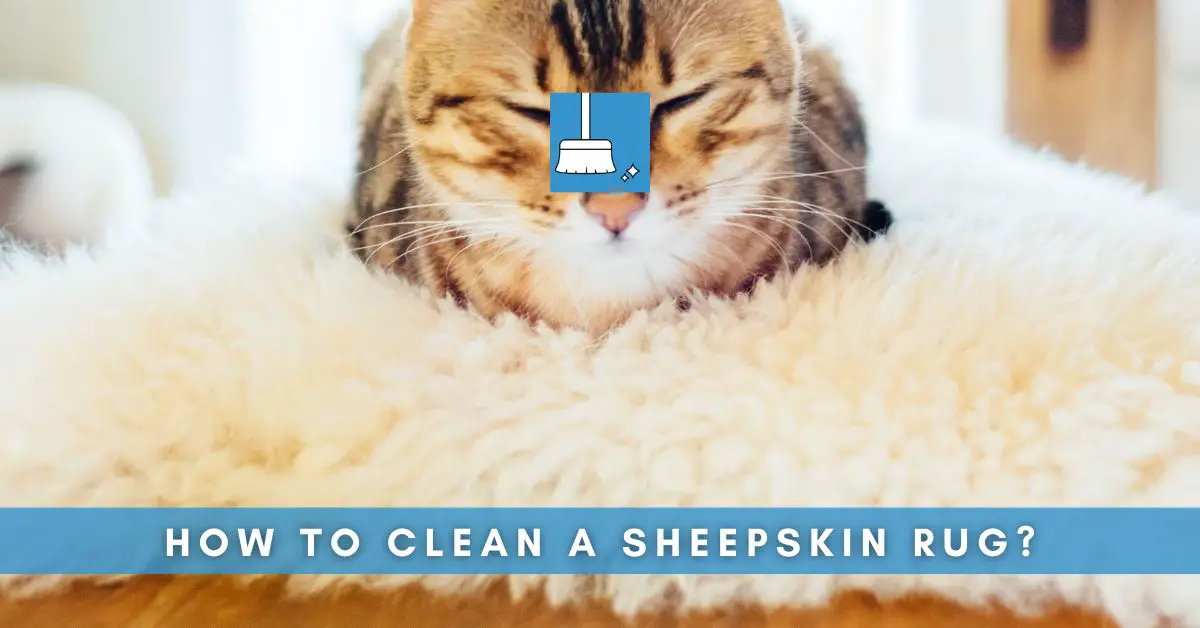
Pingback: Can You Use Steel Wool On Glass? (Cooktop, Oven, Windows) »